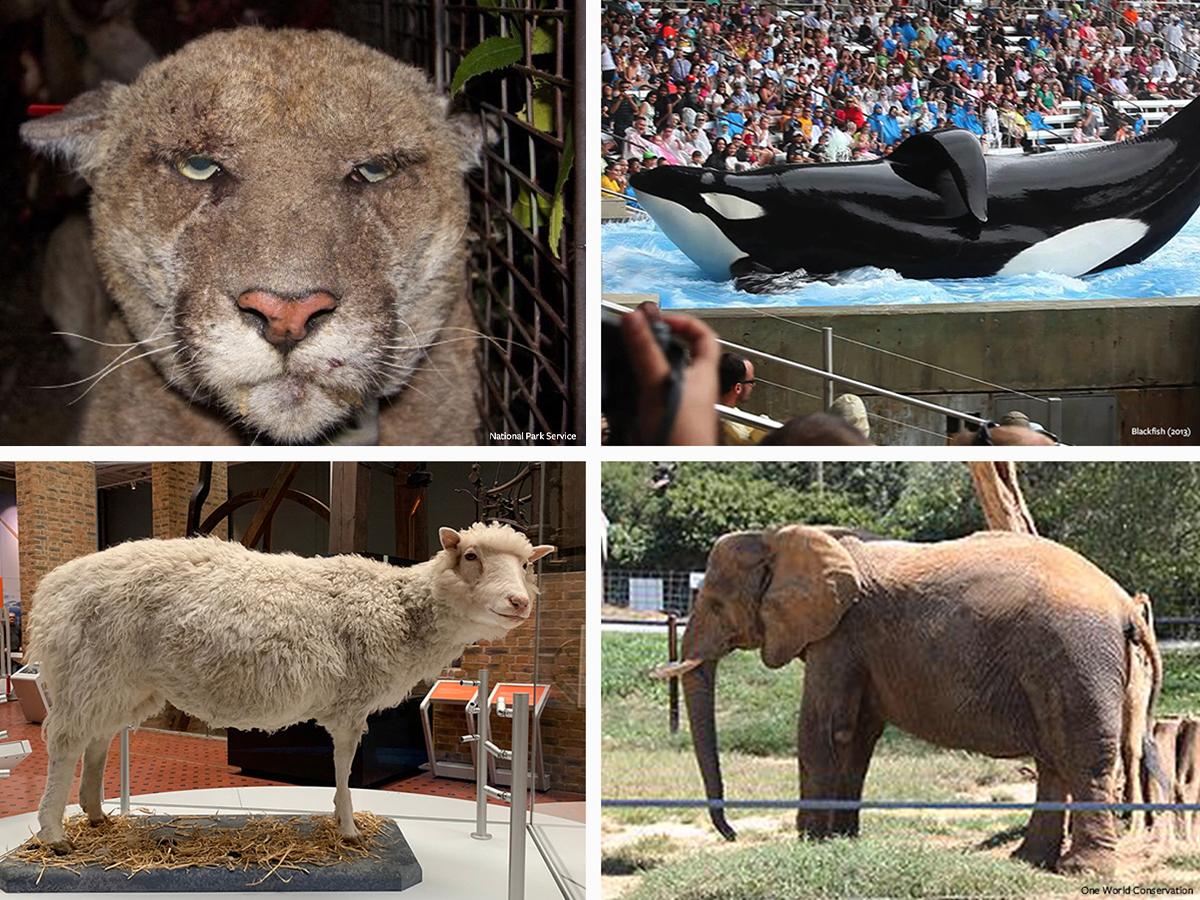Humane Summer School: 8 Famous Animal Victims in Modern History
Animals have long been harmed by humans for the sake of entertainment, food, research, or land development. A rare few animal victims become famous and shine a light on how we treat animals. How many of these famous animals do you know?
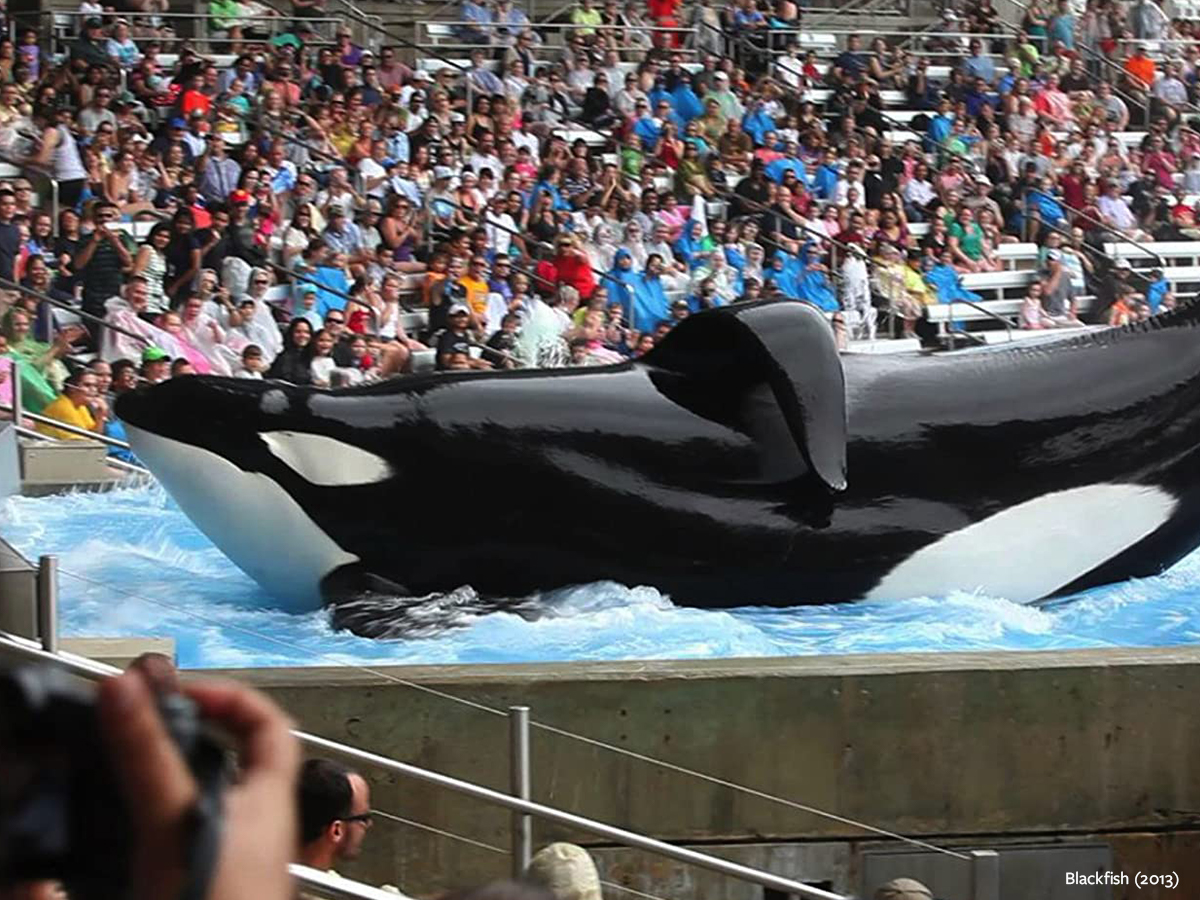
Tilikum:
Tilikum the orca was captured from the wild in an area close to Djúpivogur off the east coast of Iceland when he was only two years old and forced to perform until sick and dying. He was sent to an aquarium in Canada that held him, along with two older females, in a covered shed. Tilikum was essentially kept in this storage facility for around six years.
He was then transferred to SeaWorld, where he spent the rest of his life being forced to perform degrading tricks on a daily basis. Tilikum killed three people, including SeaWorld trainer Dawn Brancheau in 2010. It must be noted that wild orcas do not kill or even harm people; life in captivity drove Tilikum insane.
He was the star of the 2013 documentary Blackfish, which showcased the plight captive orcas face. Shortly after the release of the film, SeaWorld committed to phasing out orca captivity at all of its locations. Tilikum died in SeaWorld’s concrete tanks in 2017.
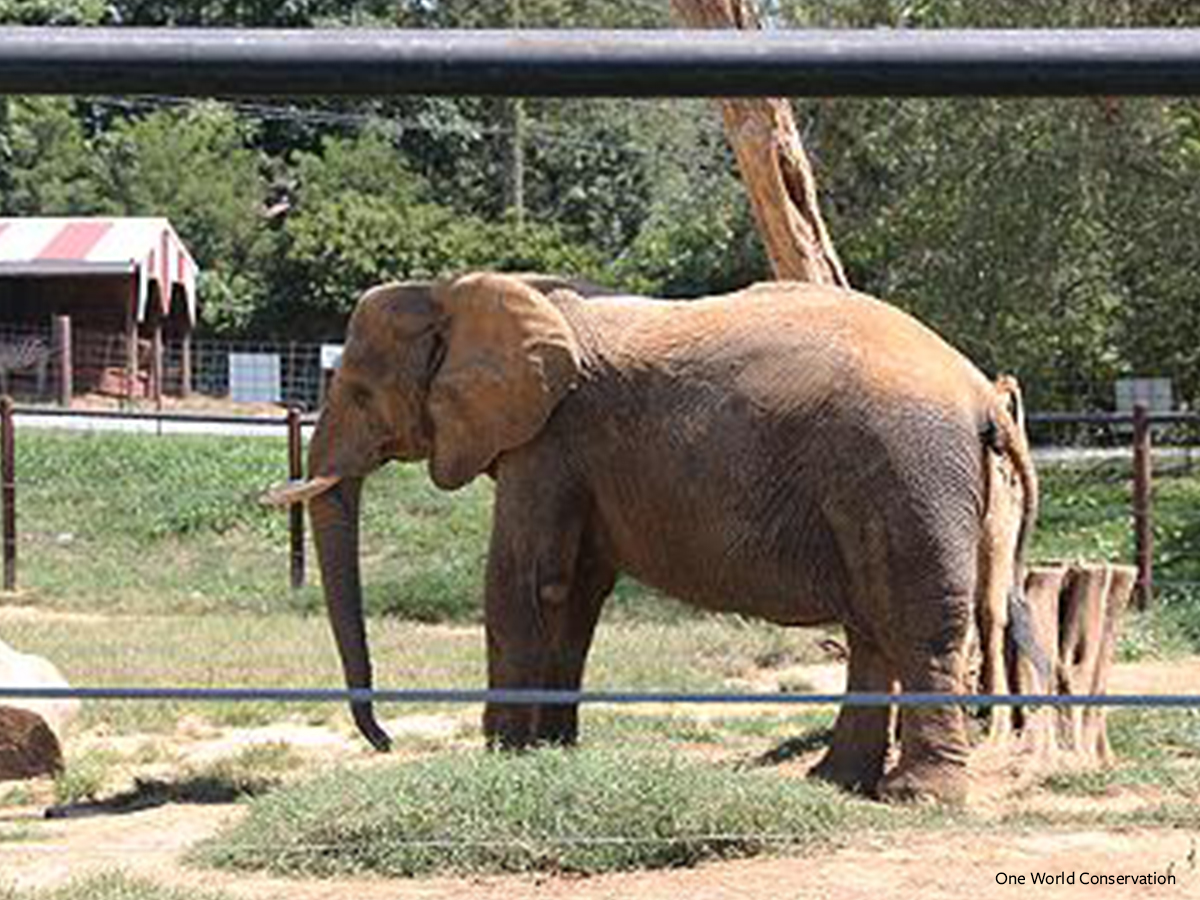
Asha:
Asha the elephant has been held in complete social isolation for over twenty years at the Natural Bridge Zoo in Natural Bridge, Virginia which has been featured on our 10 Worst Zoos for Elephants list numerous times. Social isolation is one of the worst harms for this highly social species to endure, which is why the Association of Zoos and Aquariums requires a minimum of three elephants to be housed together. Since the Natural Bridge Zoo doesn’t have accreditation, it doesn’t bother complying with this standard.
During the summers, Asha is forced to give rides to thousands of people, and in the winters she is confined to a dank barn. It is difficult to imagine the pain of her daily existence. In Defense of Animals continually advocates for her right to retire to an accredited sanctuary.
Ferdinand:
Ferdinand was a Thoroughbred horse who was used as a racehorse and breeding stud who was sold to slaughter once no longer useful and ground up for pet food. He was the 1986 Kentucky Derby winner, yet he was sold to a breeding farm when he was no longer profitable. It is reported that Ferdinand was slaughtered in 2002 and his body was made into pet food.

Laika:
A stray husky-spitz mix became the first living creature to orbit the Earth when she was involuntarily launched into space aboard Sputnik 2 in November 1957. She was expected to die due to lack of oxygen, food and water, or re-entry into the Earth’s atmosphere. She was given a compartment on the rocketship that only allowed a few inches of space for her to move. Laika experienced rapid heart and breathing rates. It was later revealed that she died “soon after launch.”
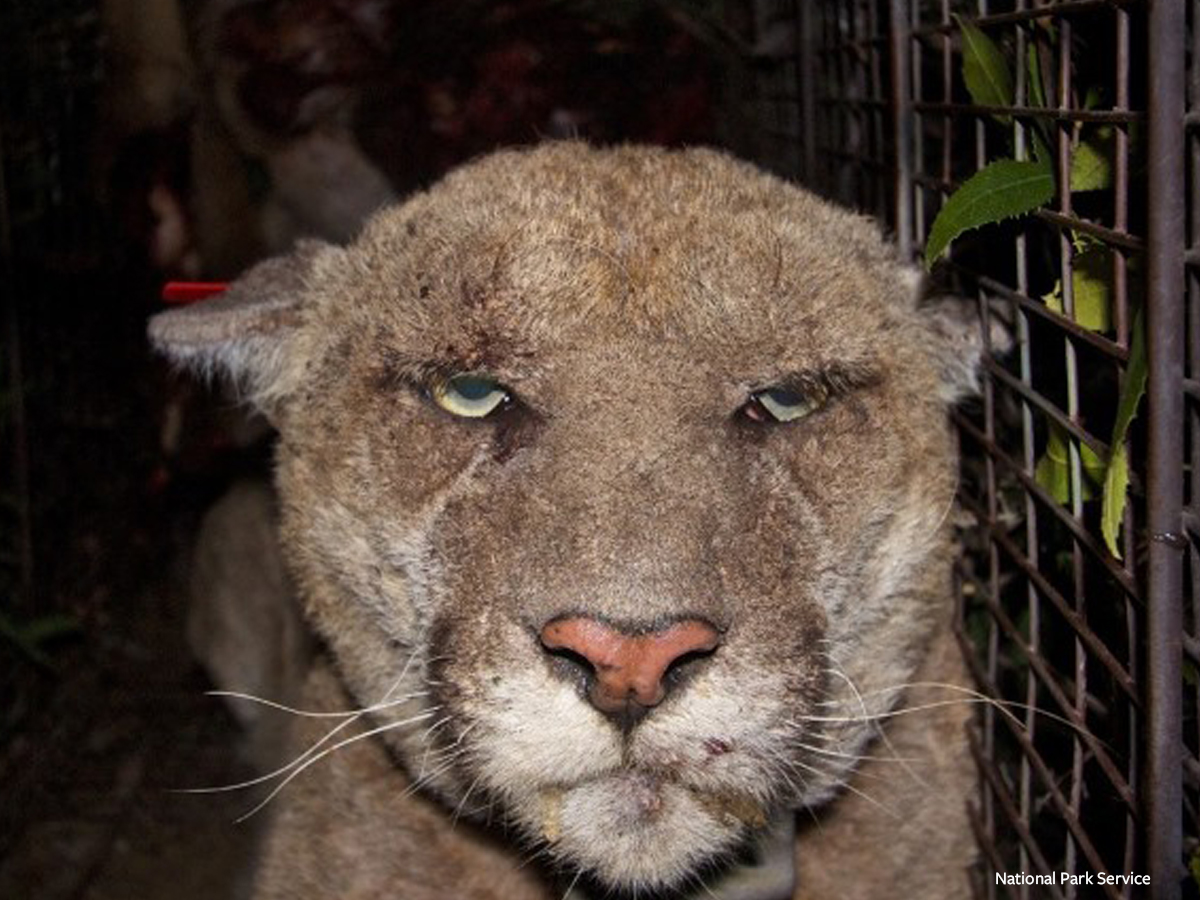
P-22:
P-22 is a famous mountain lion who lives in Griffith Park surrounded by millions of people in Los Angeles, California who was poisoned by rodenticides. He crossed several dangerous highways to find his home in the park. When P-22 became sick from eating wild animals poisoned with rodenticide poison, researchers gave him medication to help him survive.
Other mountain lions and animals who live in urban areas aren’t so lucky. Los Angeles declared October 22 “P-22 Day” with a festival attended by 5,000 people each year. P-22 doesn’t attend, but he benefits from people advocating for his safety. P-22 even has a Facebook page.
In Defense of Animals is working to outlaw the use of rodenticide poisons in California to protect mountain lions like P-22 and other wild animals. To protect mountain lions and other animals, please don’t use rodenticide poison to kill mice or rats and instead relocate rodents after trapping with live traps and research using deterrents and exclusionary tactics.
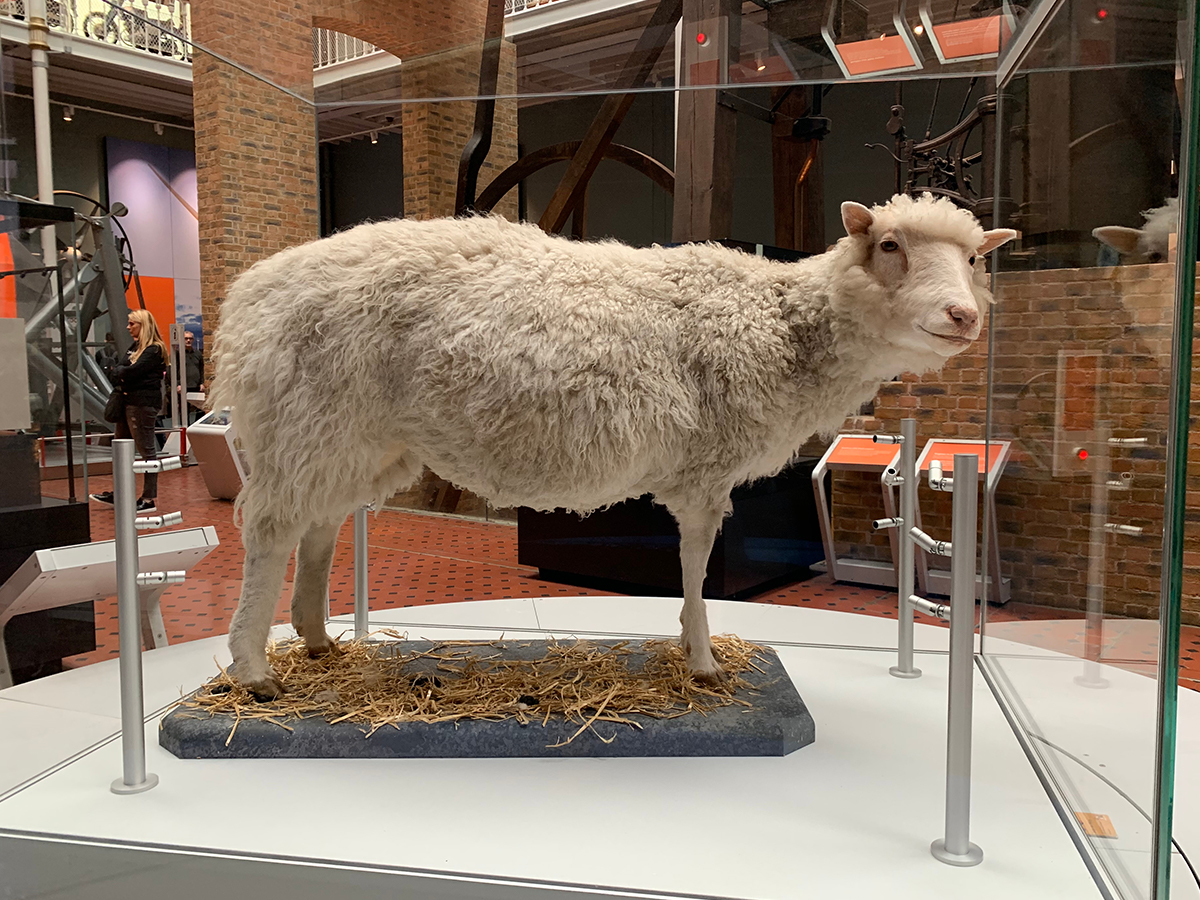
Dolly:
Dolly is the name of a sheep who was the first mammal to be cloned by a group of scientists in 1996 while suffering from a slew of ailments. Cloning Dolly took hundreds of attempts. Many cloned animals are born with serious malformations and die in early life. Dolly was euthanized at half of her life-span because she developed cancerous lung tumors and severe arthritis. Her body remains on display in Edinburgh, Scotland.
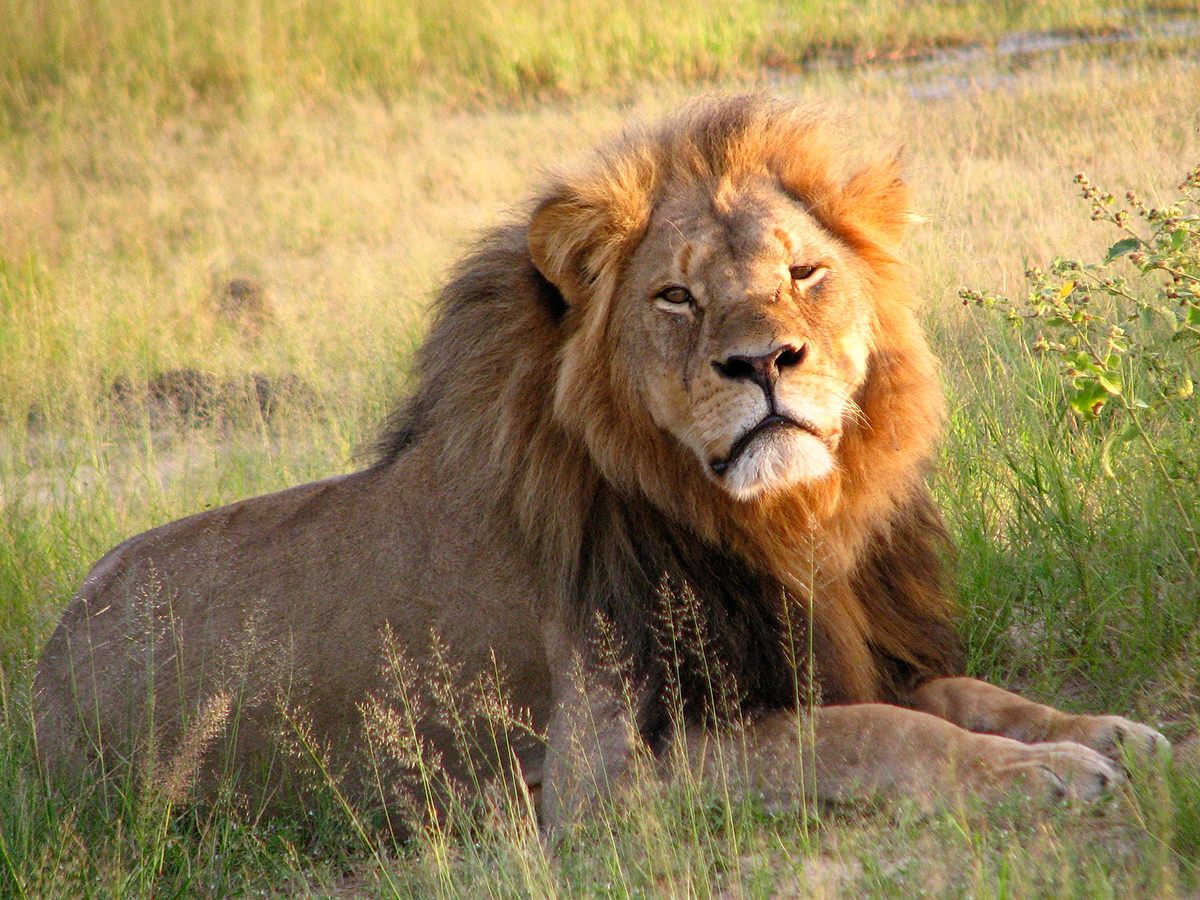
Cecil:
Cecil the lion is perhaps one of the most well-known animal victims in recent history. Cecil lived in Hwange National Park in Zimbabwe and was the subject of a long-term study conducted by Oxford University. He was a beloved in the community and attracted tourists to the park from all over the world. In 2015, Walter Palmer, an American dentist, lured Cecil out of the park with an elephant carcass and shot him with a bow and arrow. Cecil suffered from his wound for nearly 12 hours before Palmer tracked him down to deliver a fatal shot with a second arrow. Palmer reportedly paid $50,000 to hunt Cecil.
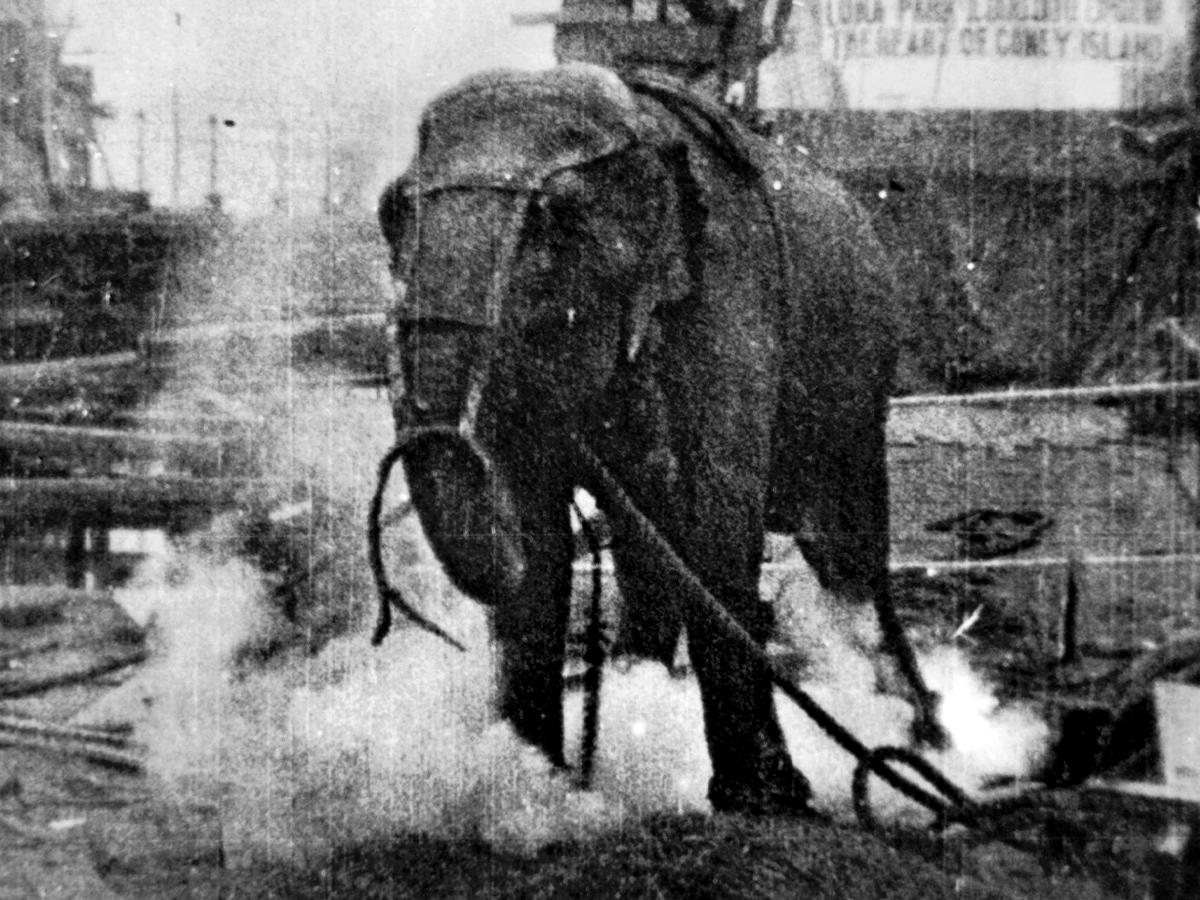
Topsy:
Topsy the elephant was stolen from her homeland in Southeast Asia around 1875, and endured 25 years of abuse as a circus attraction before being sold to another circus called Coney Island’s Luna Park in New York. For years, Topsy was tormented by her handlers, including reportedly having lit cigars thrown into her mouth. After years of torture, she fought back against her abusers, who then decided she must die. In a horrifying display of unconscionable cruelty, Topsy was electrocuted to settle a dispute between Thomas Edison and NIkola Tesla to determine the “safety” of alternating electric currents. It reportedly took just 10 seconds to electrocute Topsy to death on January 4, 1903.
These famous victims deserved better. No animals should be subjected to cruelty at the hands of humans. Please take action against animal cruelty today!


